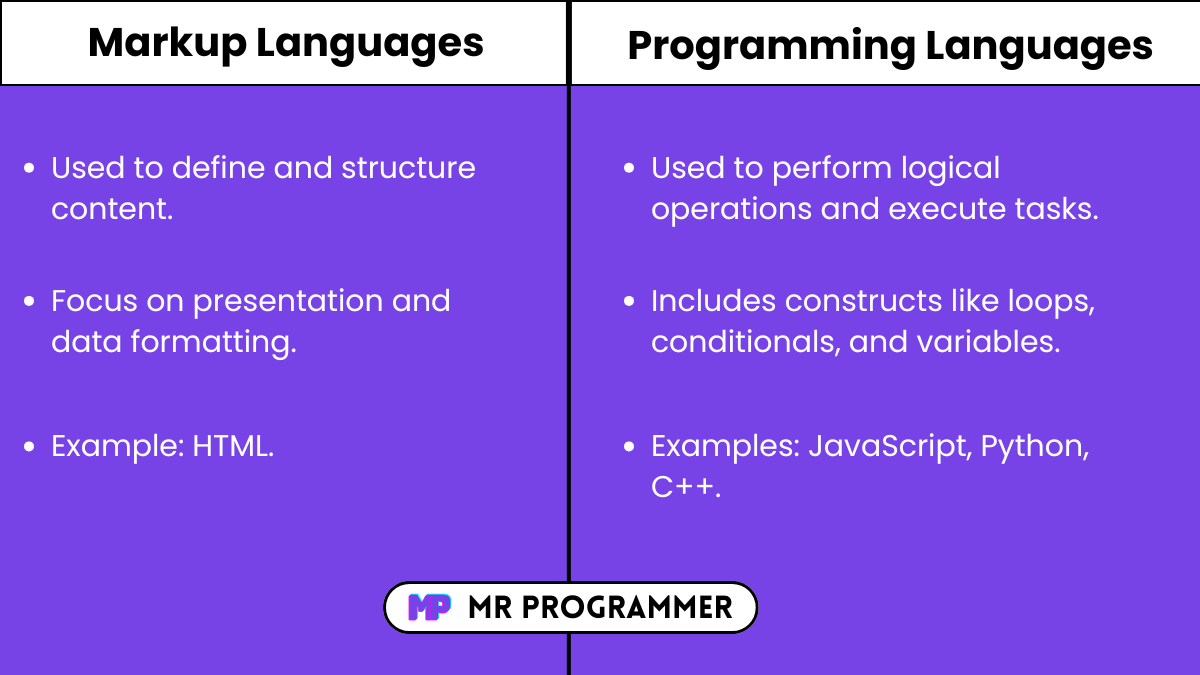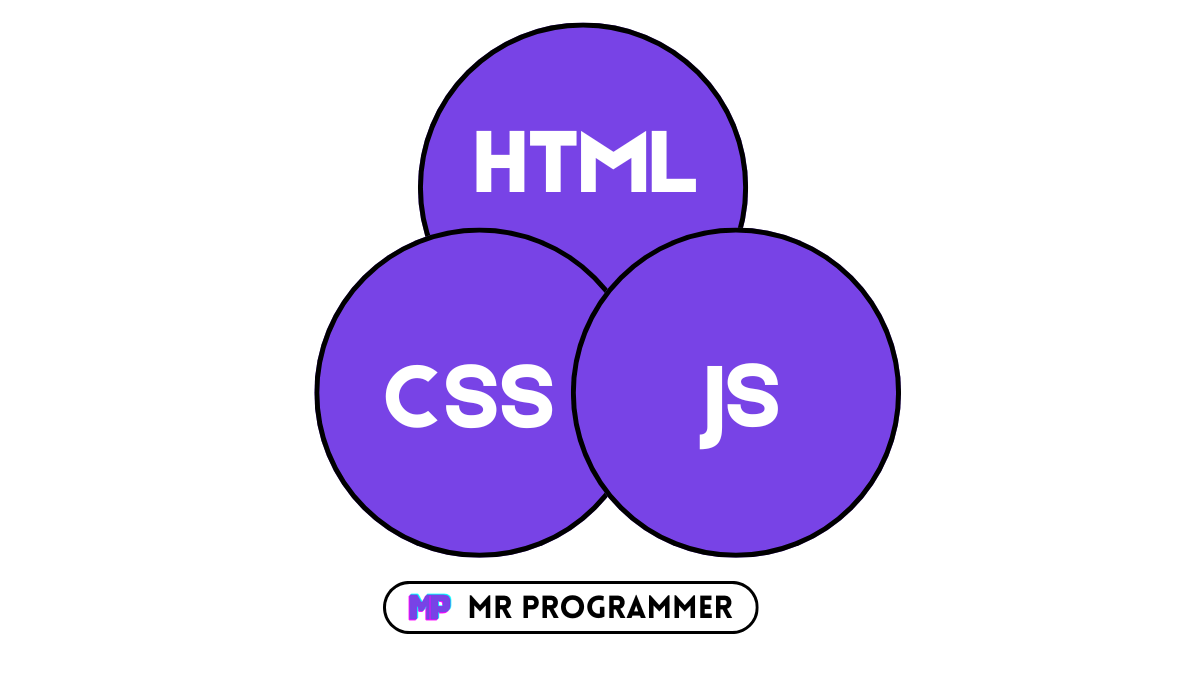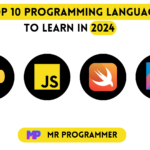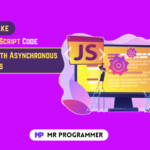When starting your web development journey, you’ll often encounter the question: Is HTML a programming language? This debate is more common than you might think, especially among beginners trying to understand the building blocks of websites.
In this guide, we’ll explore what HTML is, how it differs from traditional programming languages, and why the answer to this question isn’t always as straightforward as it seems.
Table of Contents
Understanding Markup Languages vs. Programming Languages
Before we get into whether HTML is a programming language, it’s important to understand the difference between markup languages and programming languages. Here is a table to make things more clear:

Characteristics of HTML
HTML, or Hypertext Markup Language, is the backbone of the web. It uses tags to define elements like headings, paragraphs, images, and links, providing structure to web content. However, HTML lacks programming features such as:
- Variables: Cannot store or process data.
- Loops: Cannot repeat tasks automatically.
- Conditionals: Cannot make decisions based on logic.
This absence of core programming constructs makes HTML fundamentally different from traditional programming languages.

Arguments Claiming HTML as a Programming Language
Despite its limitations, some argue that HTML is a declarative programming language because it provides instructions for browsers to render content. Unlike procedural languages, which specify how tasks are performed, declarative languages describe the desired outcome.
Supporters of this argument suggest that HTML falls under a broader definition of programming because it provides a set of rules and syntax that a machine interprets and acts upon.
Counterarguments: HTML as a Markup Language

The more widely accepted stance is that HTML is purely a markup language. Here’s why:
- No Logical Operations: HTML doesn’t support operations like addition, subtraction, or conditionals.
- Static Content: Without JavaScript or CSS, HTML produces static, non-interactive pages.
- Specialization: HTML’s sole purpose is to structure content, leaving logic and interactivity to programming languages like JavaScript.
The Role of HTML in Web Development
Regardless of its classification, HTML is indispensable in web development. It works in tandem with CSS and JavaScript to bring websites to life:
- HTML: Defines the structure of a webpage.
- CSS: Styles and formats the content.
- JavaScript: Adds interactivity and dynamic behavior.
This synergy between technologies creates the user-friendly, visually appealing websites we interact with daily.
Is HTML a Programming Language?: The Final Answer
No, HTML is not a programming language. It’s a markup language that helps in structuring content on websites. Unlike programming languages that can handle logic, make decisions, and do calculations, HTML only organizes and formats information. So, while HTML is important for building websites, it doesn’t have the features of a programming language.
Conclusion
So, is HTML a programming language? From a technical standpoint, it is a markup language. However, if viewed through the lens of declarative programming, it can loosely fit into the broader definition of a programming language.
Ultimately, the label doesn’t diminish HTML’s significance in web development. Whether you’re structuring content or laying the groundwork for interactive applications, mastering HTML is a critical first step.
Also Read: Why Python is Used for Machine Learning: 10 Key Reasons
- Introduction to Entrepreneurship: Everything You Need to Know Before You Start - June 12, 2025
- What Sets Artificial Intelligence Apart from Humans? - April 18, 2025
- Python Programming: A Comprehensive Guide for Beginners - March 27, 2025








